Testing the Porsche 911 (992) Carrera S Cabriolet with PASM Sports Chassis
公開日:
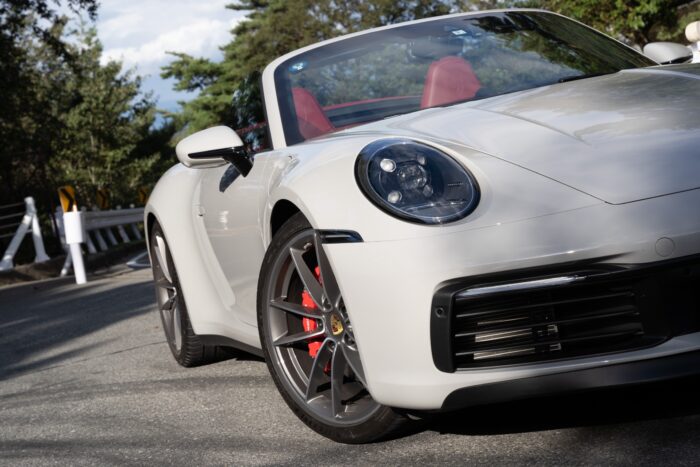
コンテンツ
PASM Sports Suspension
I’ve driven many current 992-generation Porsche 911s, but this time it’s a somewhat rare model equipped with the PASM sports suspension.
The PASM sports suspension, also known as the PASM sports chassis, features a ride height lowered by about 10mm. The spring rates are increased, making it an option designed to boost performance even further.
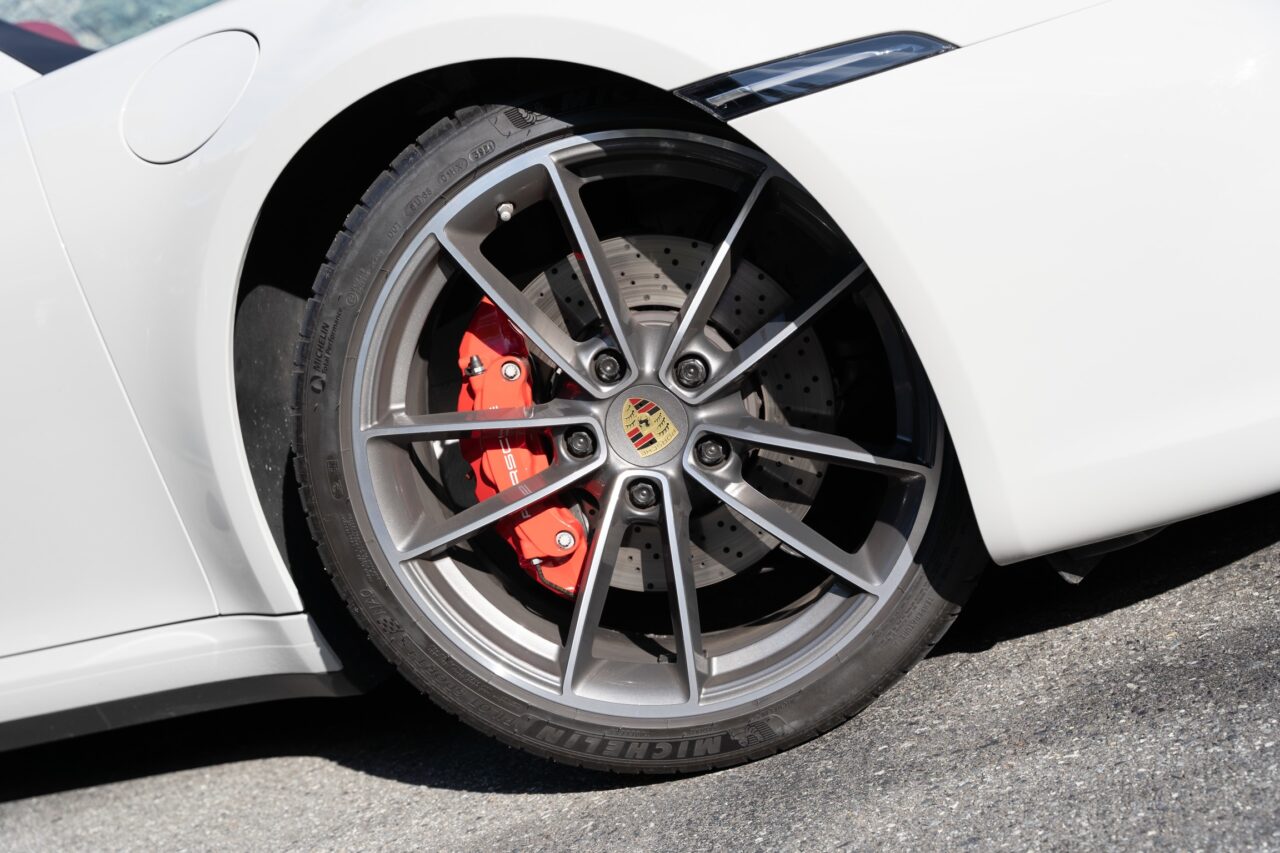
This PASM sports suspension is standard equipment on GTS models from 991.2 onward (except the Targa), as well as on the 992 Carrera T and 992 Turbo S. Except for the Carrera T, it’s also possible to opt for the standard PASM suspension instead.
Visual Impression
One centimeter might seem small, but it makes a difference.
Cars with the PASM sports suspension clearly look different. From the front, the lowered ride height is noticeably lower than a regular Carrera. But this isn’t just because it’s 1cm lower. The front lip shape changes with the sports suspension, giving it a look similar to the Sports Design Package’s front lip.
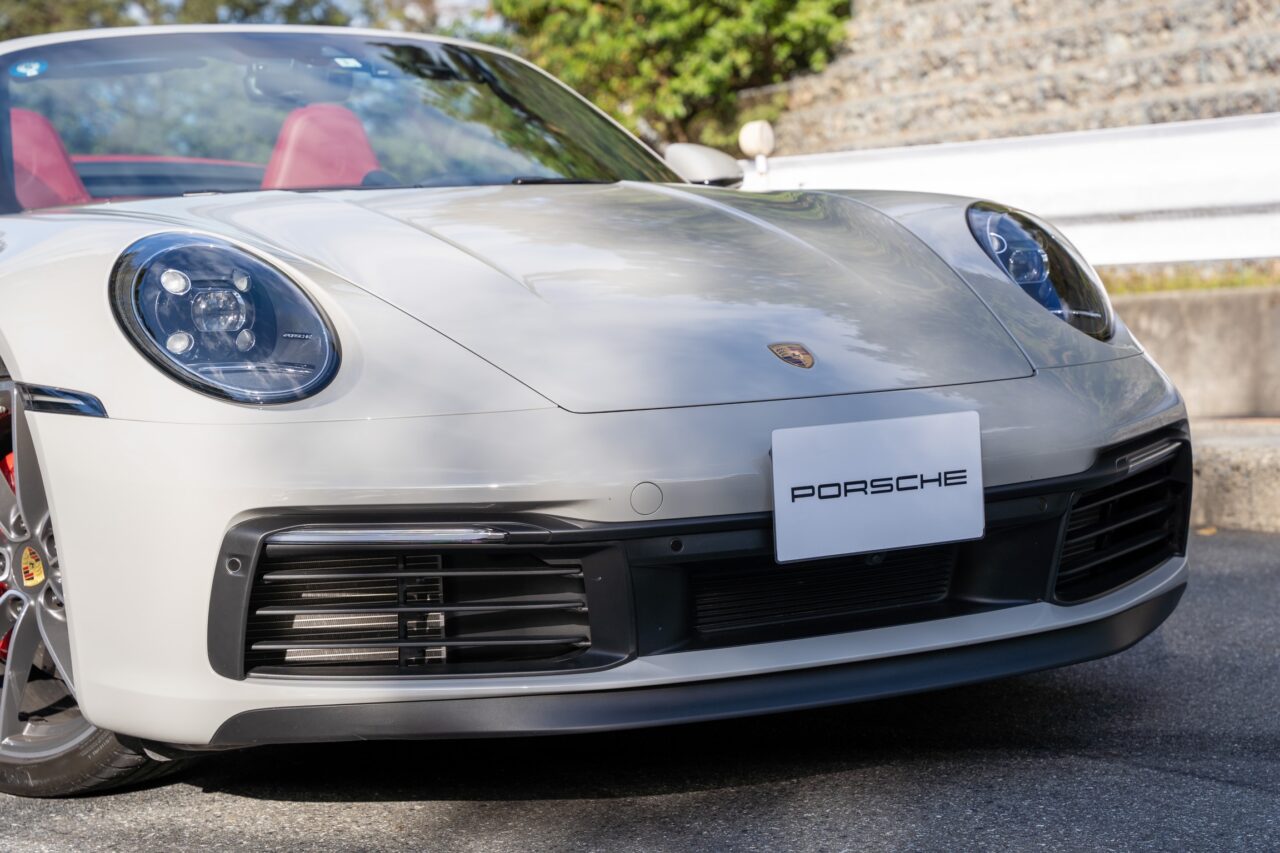
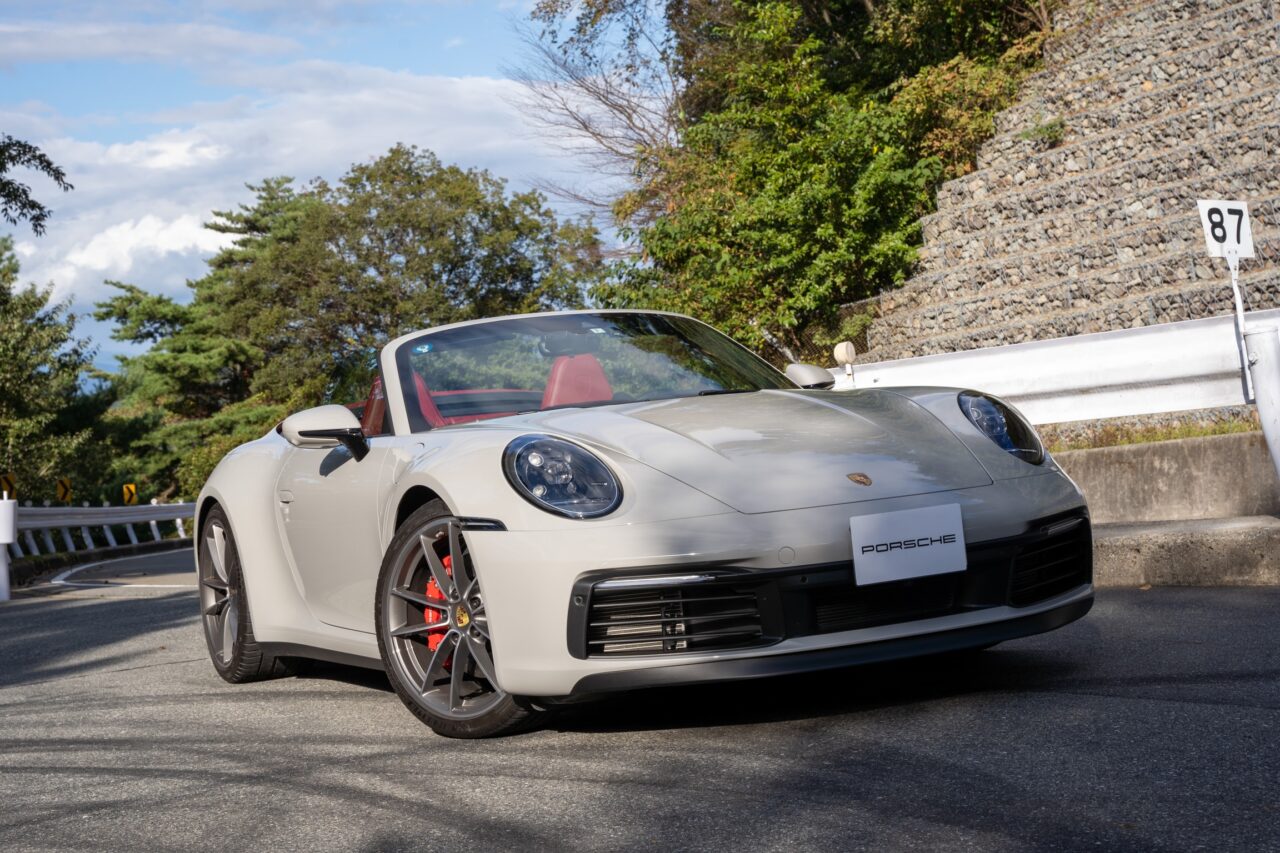
Because of this, it looks even more aggressively poised than just a simple drop in ride height, so for those who prioritize looks, the PASM sports suspension alone is worth it.
When I first saw this Carrera S Cabriolet in the parking lot, it immediately struck me as very cool-looking.
How’s the Ride Comfort?
Compared to the standard PASM suspension, the PASM sports suspension inevitably feels less comfortable. This is unavoidable since it’s lowered with stiffer springs.
So, how exactly does the ride differ? On smooth paved roads, there’s no impression of poor ride comfort at all. In fact, it feels more planted than the standard suspension, even pleasantly so.
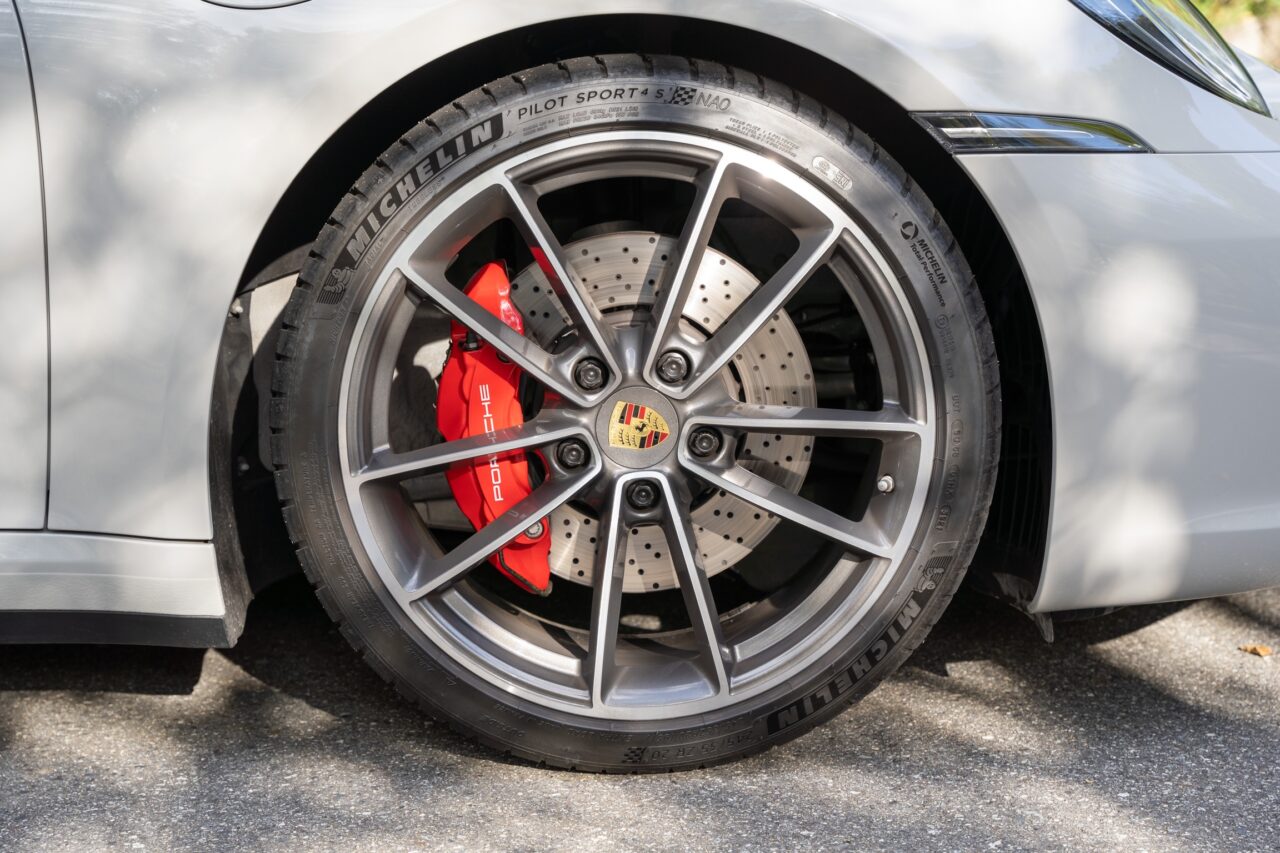
Clearance in the wheelhouse is about the width of one finger
On rougher paved surfaces, the texture naturally becomes more noticeable, but the high-performance dampers absorb fine vibrations very well, so discomfort is minimal here too.
However, I should add that when I previously drove a 992 coupe with PASM sports suspension, it felt noticeably harsher and less comfortable in such conditions.
This time, since it’s a Cabriolet with a larger body opening, it may be better at smoothing out vibrations, resulting in a more comfortable ride. Incidentally, the Cabriolet’s owner also said it rides better than the coupe with PASM sports suspension, so this is likely accurate.
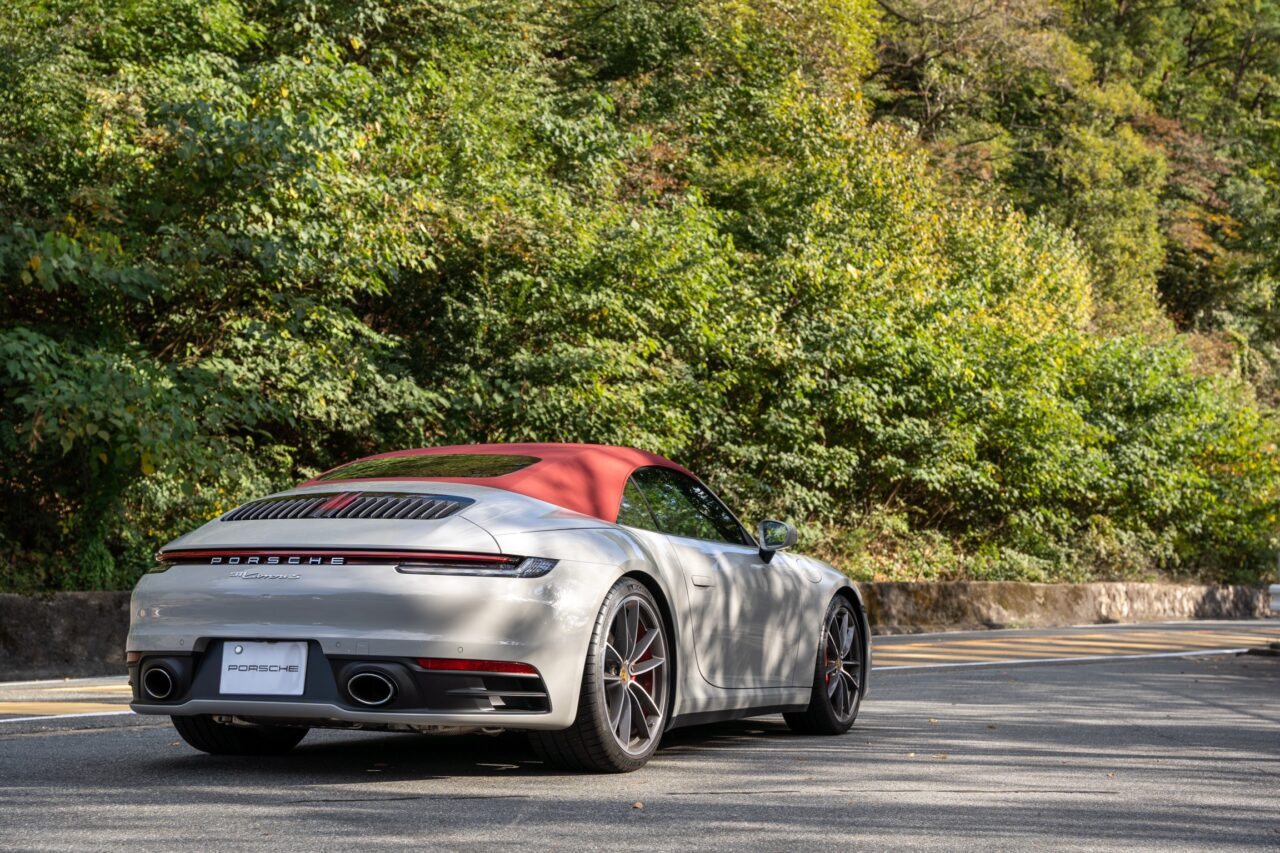
The biggest difference from the standard suspension becomes clear when driving slowly over larger bumps or uneven surfaces. The body sways noticeably side to side, with a strong rocking sensation. Even in situations where the standard suspension wouldn’t sway much, the PASM sports suspension causes this rocking. This is the main difference.
While it can still be used as a date car, if you often drive slowly in town, I recommend the regular standard suspension.
How Does It Perform on Winding Roads?
In a word, very impressive. Even in Normal mode, the tire contact feels strong—close to what the standard suspension offers in Sport mode.
When you lightly turn the steering, the car changes direction instantly, a hallmark of the 992. The sports suspension sharpens this further, aggressively pulling the car into corners.
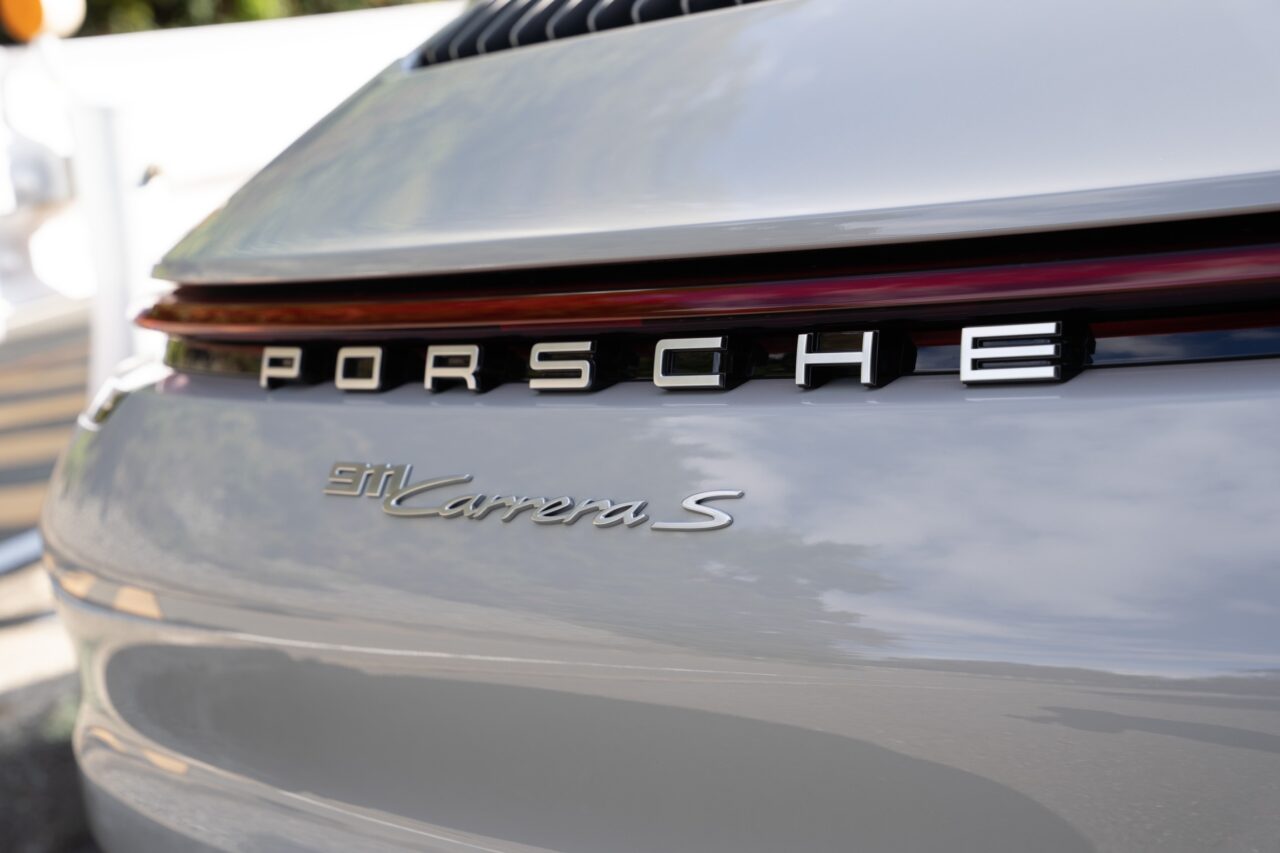
Switching the suspension to Sport mode and stiffening the setup makes a clear difference from Normal mode. The ride becomes noticeably firmer, picking up more road harshness, but the handling sharpens even more. This is the behavior of a top-tier sports car.
While it’s not quite a 992 GT3, it corners with a feel close to a 991 GT3. And thanks to superb electronic controls and Porsche Torque Vectoring (PTV), it turns with astonishing confidence and no fear.
Truly, for those who love winding roads and want to drive fast and enjoyably, this suspension is highly satisfying.
Practicality?
The PASM sports suspension lowers the car by about 1cm and has a larger front lip that extends forward, so it’s easier to scrape the front underside. I’ve heard that on dealer test cars equipped with this suspension, you have to be careful exiting the dealer’s entrance to avoid scraping.

When I asked the owner about usability, they said, “As long as I drive carefully, I don’t really scrape anywhere in my driving environment.” So unless you need to park in places with steep ramps or have large curbs at your usual gas station or store entrances, it should be manageable.
If you’re worried, it’s definitely worth adding the optional front lift.
Who Should Choose PASM Sports Suspension?
First and foremost, if you care about how your car looks, you should get it. The low, aggressive stance looks clearly cooler compared to other 992s. Rather than installing aftermarket coilovers that might ruin Porsche’s excellent factory setup, I recommend choosing the PASM sports suspension from the start.
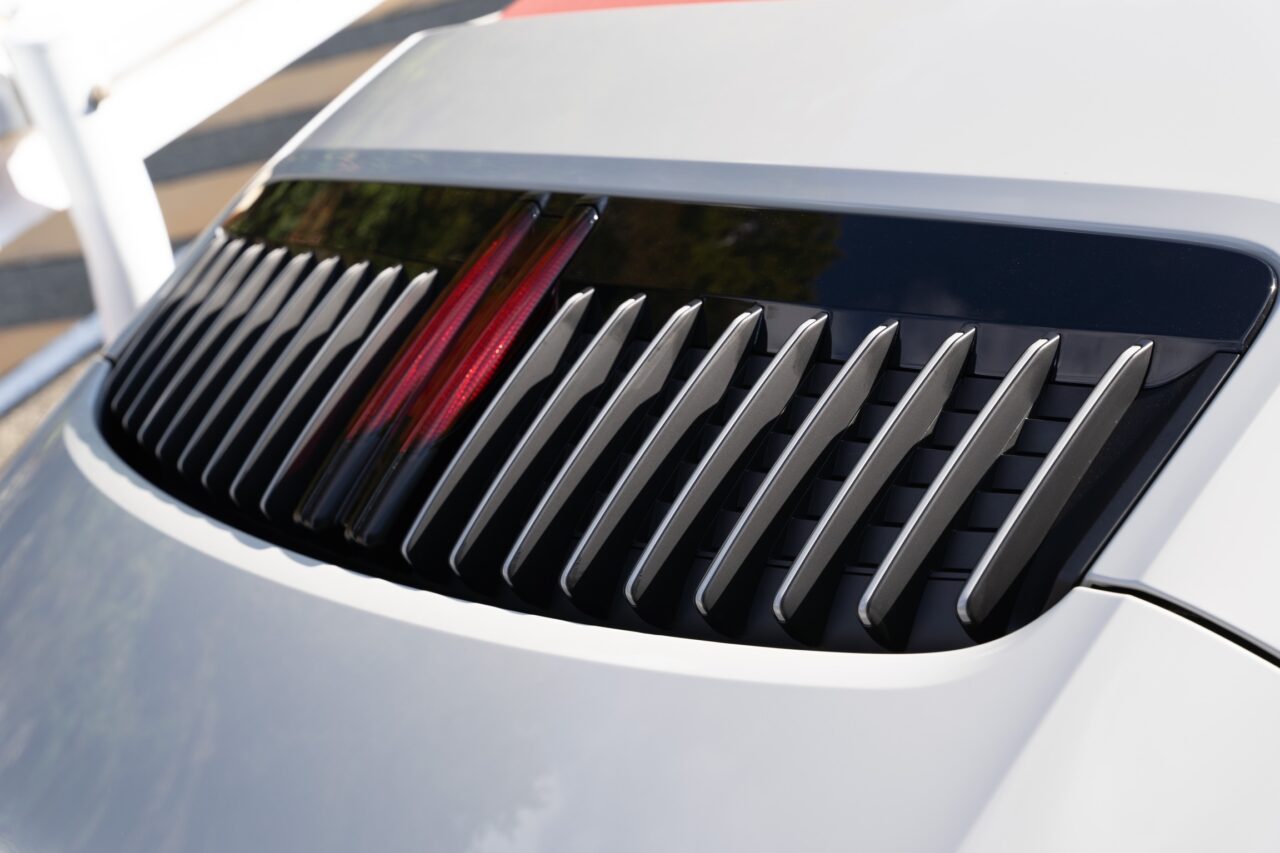
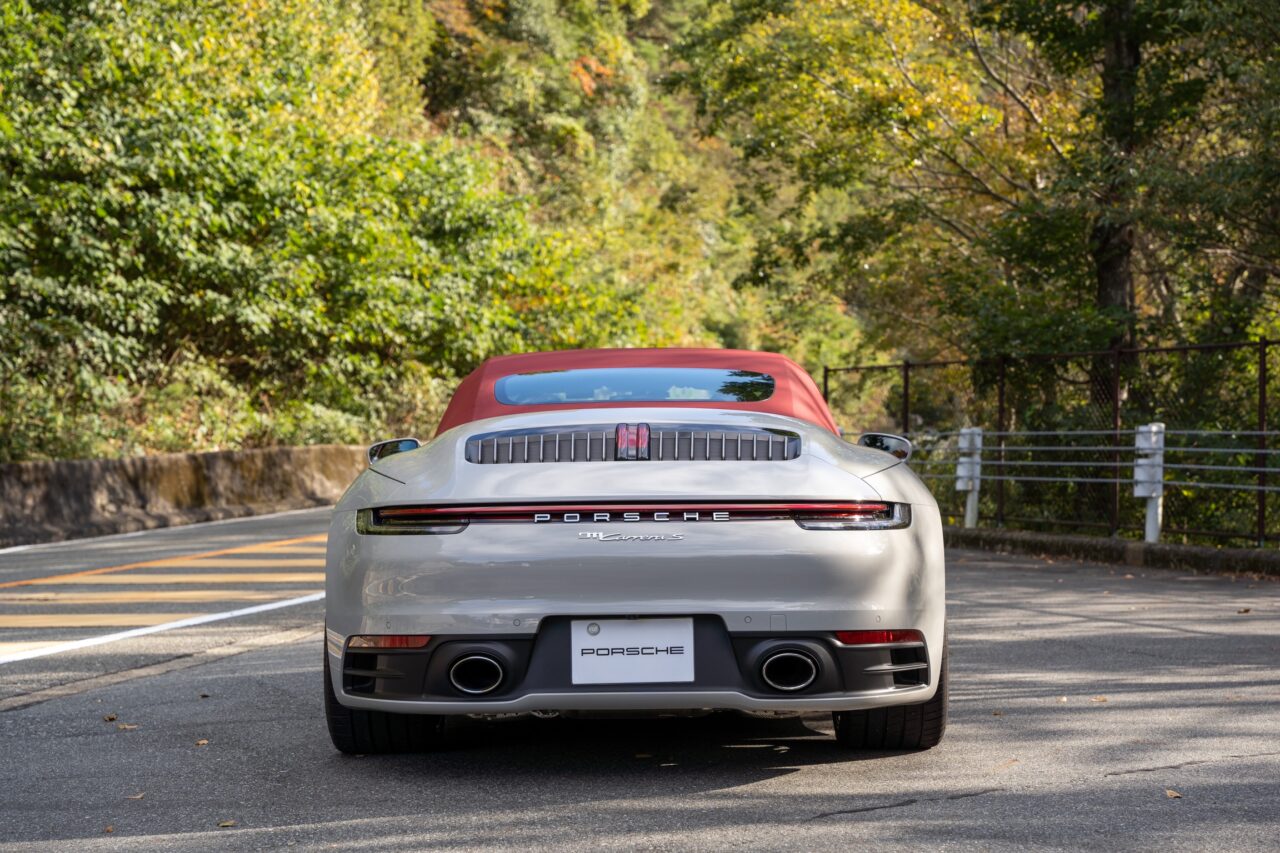
Next, it’s ideal for those who want to enjoy winding roads or circuits but don’t need a full-on racing car like the GT3. It’s perfect for solo weekend drives in the mountains.
On the other hand, if your main use is as a date car, daily commuting, or if you enjoy long-distance grand touring like me, I recommend the standard PASM suspension. When it comes to comfort, the standard PASM suspension is undeniably better.
There aren’t many reviews or articles explaining the PASM sports suspension, so I wrote this one. Since the feel is quite different, I hope you carefully consider your preferences when ordering and choose wisely.
このブログが気に入ったらフォローしてね!


Comment ( 0 )
Trackbacks are closed.
No comments yet.